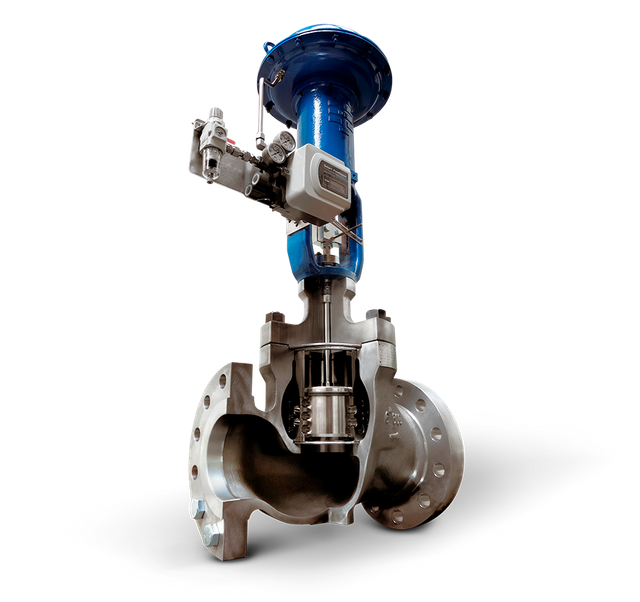Control valves are used to control the flow passage of liquids and gasses and are activated by a signal in the controller. Depending on the size, the direct flow rate is controlled regardless of the temperature, pressure and levels. There are three main parts of a control valve in an automatic control valve, the valve body, positioner, and actuator.
Valve Actuator
It is the part of the control valve responsible for the opening and closing of the valves. It can work either by rotation or linear and thus can be incorporated in different designs such as the butterfly, gate, or ball valves.
Valve Body
The valve body is the most complex part of a control valve and comprises a maze-like transmission with channel-like detailing. The valve body is responsible for transmitting the signal, which will enable the different commands to occur, leading to automatically switching gears.

Valve Positioner
The valve positioner is responsible for ensuring the flow is similar to what is desired. It works by checking if the set variable is achieved and adjusts itself depending on the temperature and flow to ensure that the desired set point is always achieved, eliminating the amount of time the system works above or below the set point.
Classification of Control Valves
There are different types of Control Valves in the market, some more popular than others. The different types are classified by accounting for the overall design, making different features stand out as the movements of the controlling elements are different. Further classification is done based on the functionality and pressure drop profile, which is further divided into two; the low and high recovery valves.
The most common type of pressure drop valve is the high recovery valve, which includes Gate Valve, Butterfly Valve, Ball Valve, and plug valve. Classification depending on the functionality includes shut-off and on-off valves that incorporate gate valves or butterfly valves and some less common ones such as check valves used in turbines.
Movements
When picking a control valve, it's important to consider the movement of the control valve as it is the controlling element. There are two main options, the rotary valve, and the sliding stem. In the sliding stem, the movement motion comprises a straight line motion while the rotary incorporates a rotating motion.
It's important to take a keen interest when choosing a control valve and narrow it down on size, potential, and noise. It boils down to the shelf life of the control valve, materials used, and dynamic response to changes made from the control signal. However, to be completely accurate on the sizing, calculating the pressure and flow rate in regards to gravity will give a specific solution that will make it easier to choose a valve.